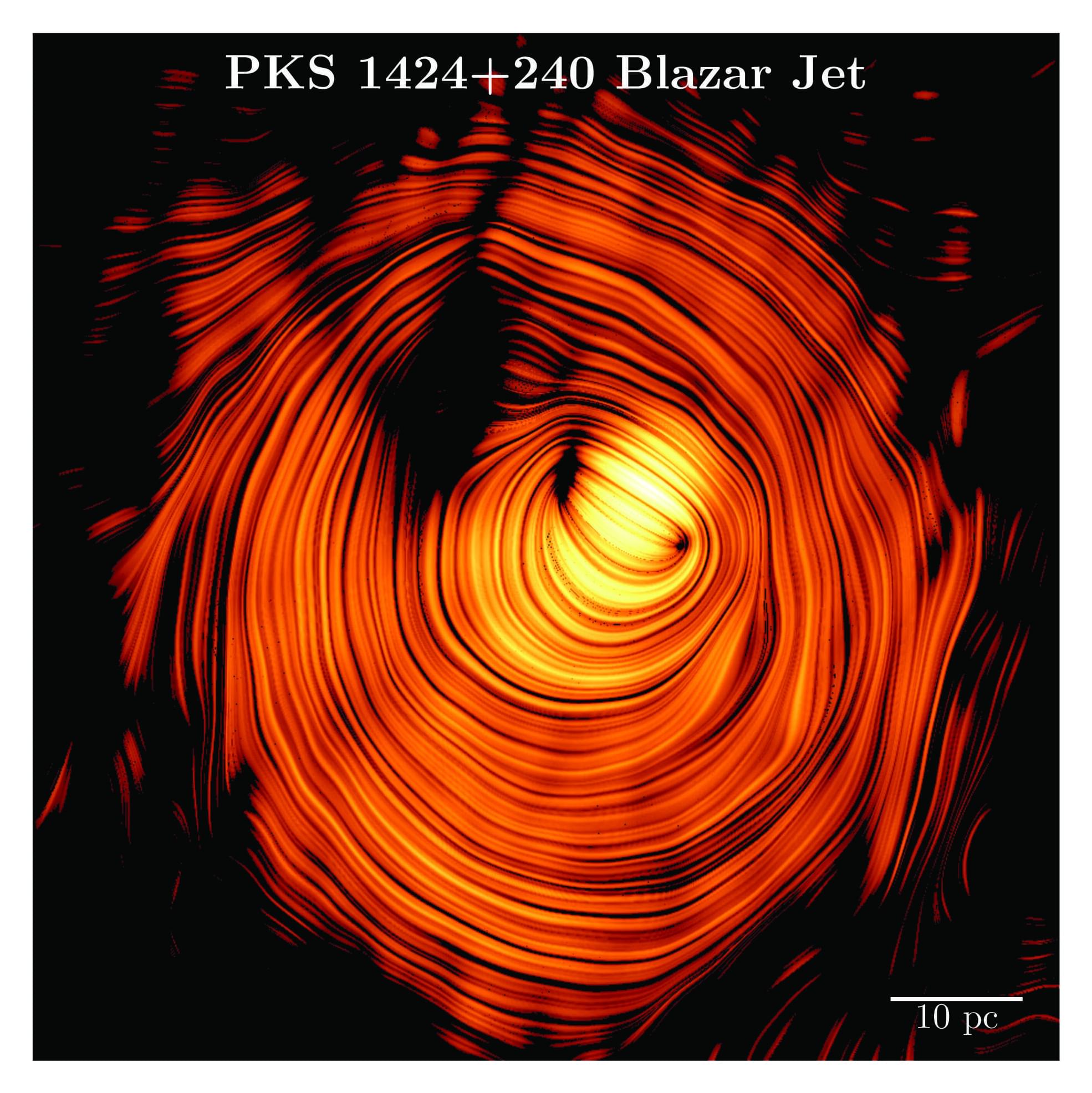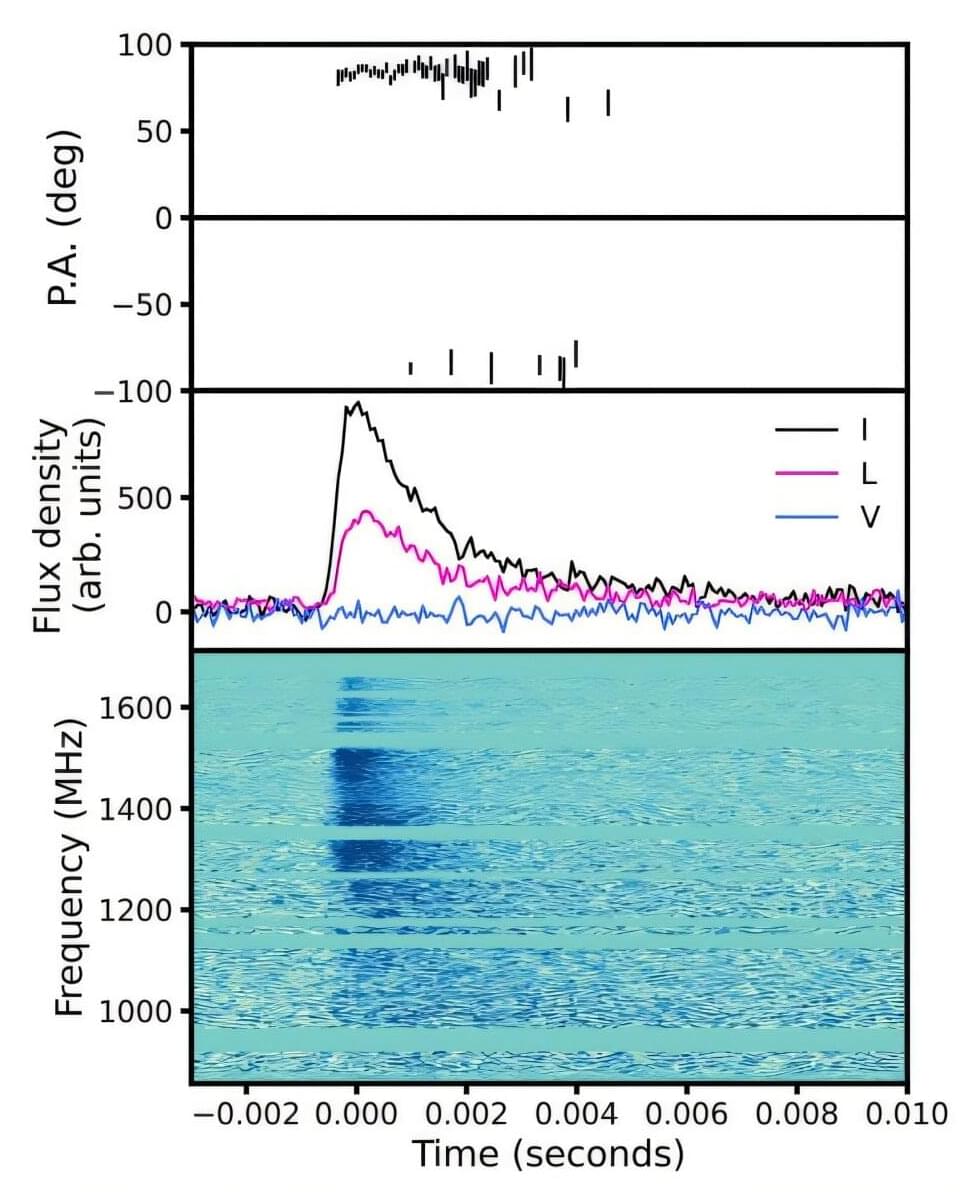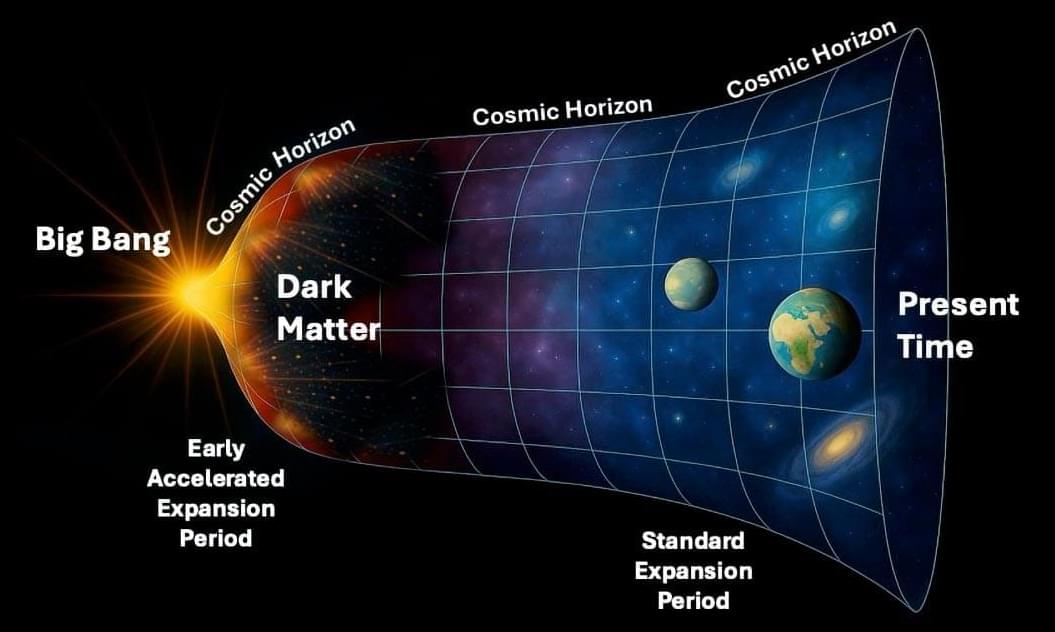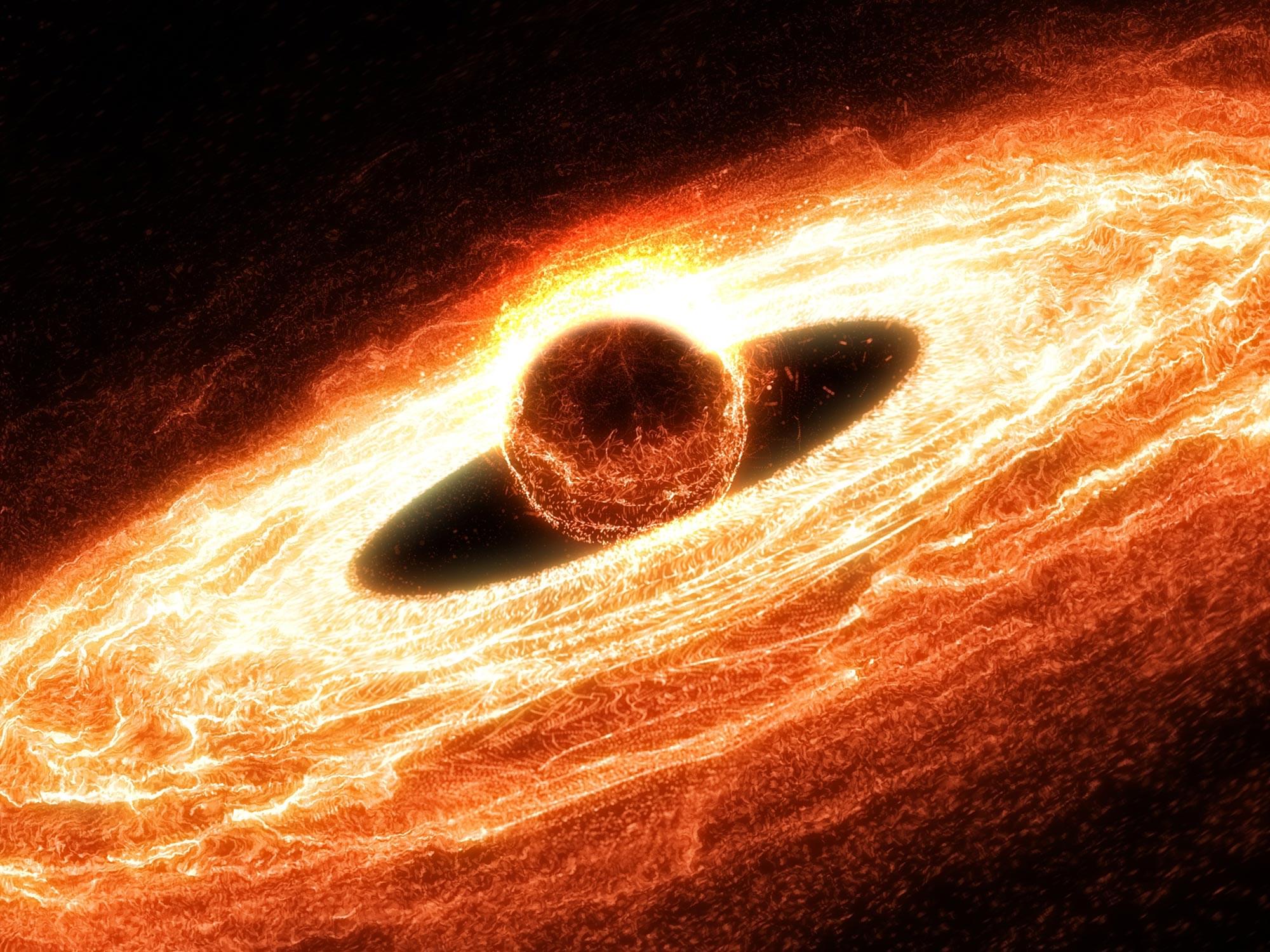How can the behavior of elementary particles and the structure of the entire universe be described using the same mathematical concepts? This question is at the heart of recent work by the mathematicians Claudia Fevola from Inria Saclay and Anna-Laura Sattelberger from the Max Planck Institute for Mathematics in the Sciences, recently published in the Notices of the American Mathematical Society.
Mathematics and physics share a close, reciprocal relationship. Mathematics offers the language and tools to describe physical phenomena, while physics drives the development of new mathematical ideas. This interplay remains vital in areas such as quantum field theory and cosmology, where advanced mathematical structures and physical theory evolve together.
In their article, the authors explore how algebraic structures and geometric shapes can help us understand phenomena ranging from particle collisions such as happens, for instance, in particle accelerators to the large-scale architecture of the cosmos. Their research is centered around algebraic geometry. Their recent undertakings also connect to a field called positive geometry—an interdisciplinary and novel subject in mathematics driven by new ideas in particle physics and cosmology.






